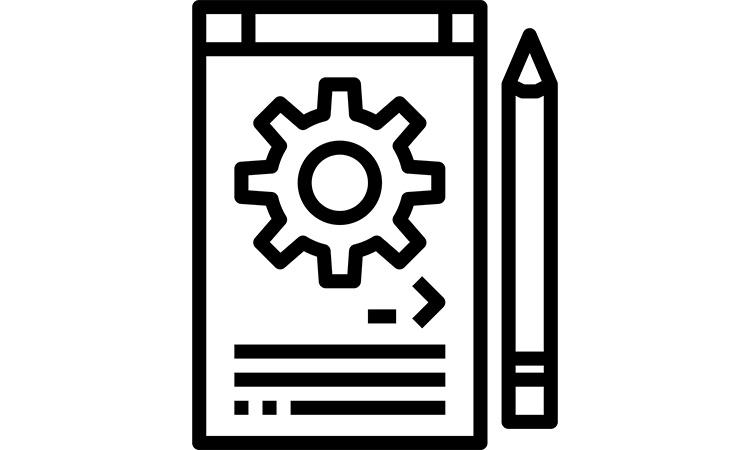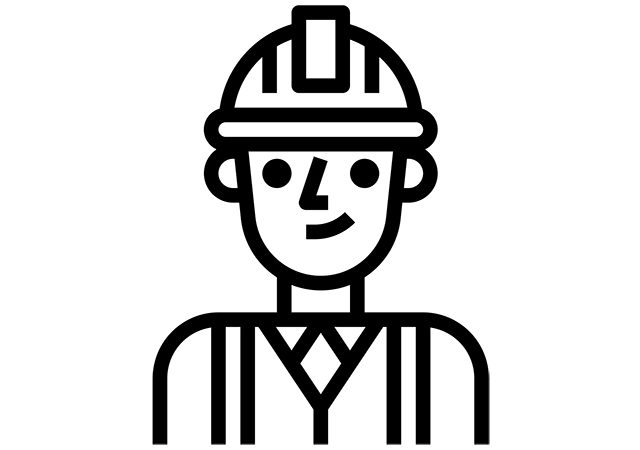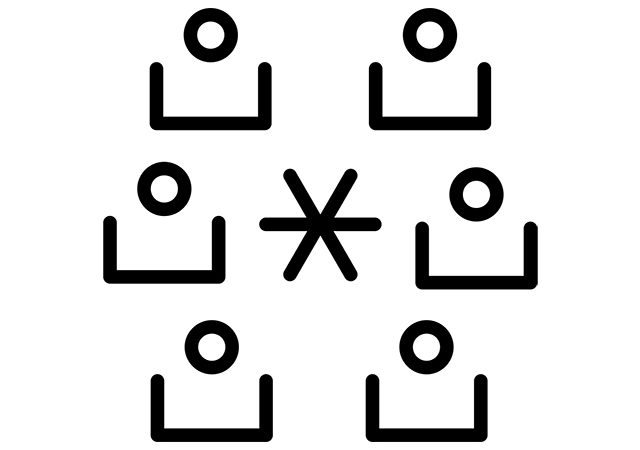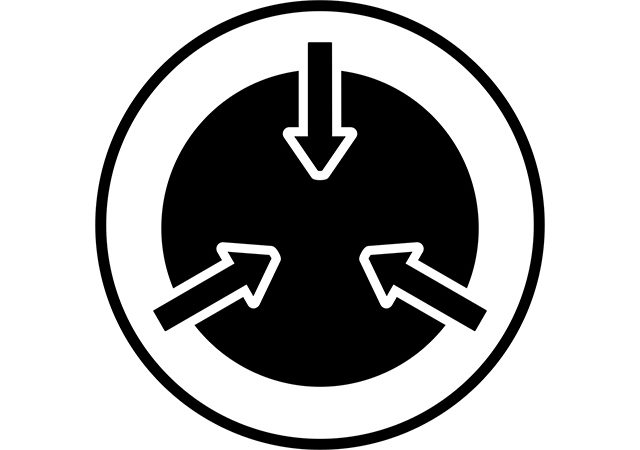The project development plan is the creation of the final project plan. It involves the integration of the every single plan created at different stages or processes, and the integration into the final project document.
The project team should use Work Breakdown Structure (WBS) for the project plan development process. Work breakdown structure is the breakdown of the project into smaller components. The example of the WBS is below:
The task of the project plan is to guide project execution, controlling the project, defining the timings, content and costs, and organising communication between the stakeholders.
The project plan development inputs are: project components, planning outputs, any other information relevant to the project, and organisational policies.
The project plan outputs are the project plan document – the document approved by the project participants. The project plan contains the project activities schedule. The activities schedule should be aligned with the project communication plan. The project plan can be changed several times during the project, in accordance with the project progress.
The project plan tools the project manager usually uses are specialised software, and the software bases of standard project management techniques. The tools and techniques are project planning methodology, stakeholder skills and knowledge, project management information system (PMIS) – that is gathering, integrating and distributing of the project planning information; the earned value management (EVM) technique that integrates the project’s scope, schedule, and resources, and controlling techniques for the project.
The project management plan consist of the following components:
- Project charter,
- Project strategy,
- Scope statement,
- Work Breakdown Structure,
- Cost estimates,
- Performance measurement baselines,
- Risk management plan,
- Scope management plan,
- Schedule management plan,
- Cost management plan,
- Quality management plan,
- Staffing management plan,
- Procurement plan,
The project management plan should also contain the relevant technical documentation and standards.
The next phase after project planning is the project plan execution. This is the project phase when the project manager performs the controlling, interfacing and communication functions, while the project is ongoing. This is the project phase when the biggest part of the project budget is spread amongst the project activities.
The inputs here are the project plan, and any relevant supporting details and standards.
The outputs should be the results of the project execution, and any relevant changes.
The tools and techniques used are project manager skills and product knowledge.
When the project is ongoing there may be some changes that occur. The project manager should control carefully the project flow, receive and work out the project flow reports, and change requests. The output of the changing and controlling component of the project flow are the updates. [1]
[1] “A guide to the Project Management Body of Knowledge”, Project Management Institute.




